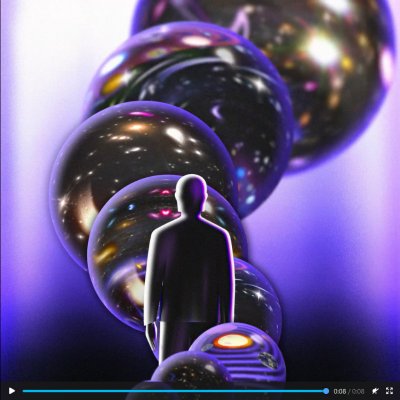NY Times, Adam Frank and Marcelo Gleiser, 2 Sep 2023: The Story of Our Universe May Be Starting to Unravel
This is a piece about some of the fall-out of the photos from the James Webb Space Telescope, and the fairly long-standing issues about how rival methods of measuring the expansion and therefore age of the universe haven’t quite agreed, for some time. I’ll quote the opening four paragraphs.
Not long after the James Webb Space Telescope began beaming back from outer space its stunning images of planets and nebulae last year, astronomers, though dazzled, had to admit that something was amiss. Eight months later, based in part on what the telescope has revealed, it’s beginning to look as if we may need to rethink key features of the origin and development of the universe.
Launched at the end of 2021 as a joint project of NASA, the European Space Agency and the Canadian Space Agency, the Webb, a tool with unmatched powers of observation, is on an exciting mission to look back in time, in effect, at the first stars and galaxies. But one of the Webb’s first major findings was exciting in an uncomfortable sense: It discovered the existence of fully formed galaxies far earlier than should have been possible according to the so-called standard model of cosmology.
According to the standard model, which is the basis for essentially all research in the field, there is a fixed and precise sequence of events that followed the Big Bang: First, the force of gravity pulled together denser regions in the cooling cosmic gas, which grew to become stars and black holes; then, the force of gravity pulled together the stars into galaxies.
The Webb data, though, revealed that some very large galaxies formed really fast, in too short a time, at least according to the standard model. This was no minor discrepancy. The finding is akin to parents and their children appearing in a story when the grandparents are still children themselves.
Now, I’m not qualified to evaluate such evidence and opine about whether the current standard model of physics is flawed, or not. My interest is to see how people react to these speculations. (Frank and Gleiser are interesting guys, and I’ve discussed their works before on my blog, but I will be interested in the response to this piece before I become too concerned about the implications they imply from these data.)
I have two responses, taking the big picture.
First, it would be miraculous if I just happened to be living in a time when all of the questions about the big picture, of life, the universe, and everything, have been pretty much solved. From a 30,000 foot view, they have been solved, compared to what people two centuries ago understood. But details remain, some perhaps implying profound adjustments to our understanding, and anyone in any the sciences will concede that many details remain to be solved. Which is to say, I would be surprised if some new, revolutionary idea about cosmology were *not* to happen in my lifetime.
Scientific advancement has grown so much over the past two centuries, there’s no reason to expect further insights will not occur. In physics, and cosmology, unsolved issues are known. That means there’s something humans haven’t figured out yet. That’s good. Will it ever end? Most scientists — see those John Brockman anthologies of essays — think they will.
Second, I fully expect that the anti-science conservatives, who look only for black and white answers to all of the complex questions of the world and the universe, will take this as another example of how science cannot be trusted. Because it keeps changing its mind, so to speak. It’s tiresome to spell out why they are wrong, yet again; they are so simple-minded they will not understand any explanation.






